Sjálfbærni
Gagnsæi varðandi sjálfbærni
Þessi yfirlýsing um sjálfbærni vöru stendur fyrir sjálfbærniskilríki Polestar 3 á háu stigi. Hún miðar að því að veita neytendum gagnsæjar upplýsingar til að gera þeim kleift að taka upplýstar, siðferðilega réttar ákvarðanir. Hún nær nú til ákveðinna efna.
Hringrás
Frá hönnun og efnum, til uppruna og samsetningar, til notkunar og endurnotkunar. Polestar 3 stendur fyrir annað skref í ferðalaginu að meiri hringrás rafbíla.
Meira um hringrás
Uppfinningar í efnum
Náttúrulegar trefjablöndur
Þessi byltingarkennda trefjablanda gerð úr hör ræktuðum í Evrópu myndar efni sem er 40% léttara og notar 50% minna af nýju plasti en hefðbundnir valkostir. Þessar trefjablöndur, fyrst notaðar í Polestar Precept, er nú verið að nota í Polestar 3.
Notað fyrir innanverðar hurðir og geymsluhólf Polestar 3.
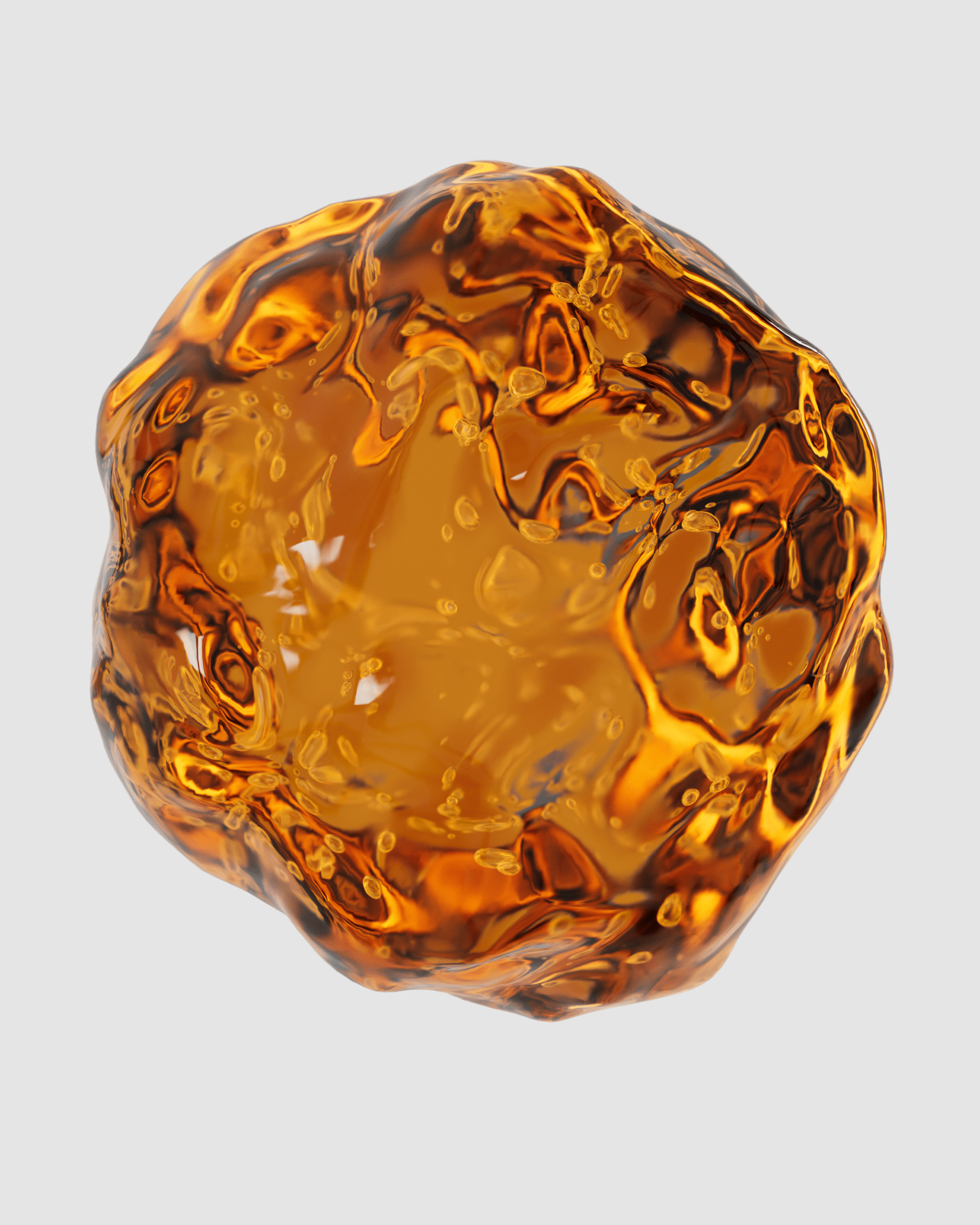
Uppfinningar í efnum
Lífrænt MicroTech
Hinn nýstárlegi vegan valkostur við leður inniheldur 25% lífnafta, 14% endurunnið pólýester textílefni, 33% mýkiefni og 28% klór. CO2 losun vegna lífræns PVC (sem er 53% af endanlegri vöru) er 70% minni en vegna hefðbundins PVC.
Notað í bólstrun Polestar 3.
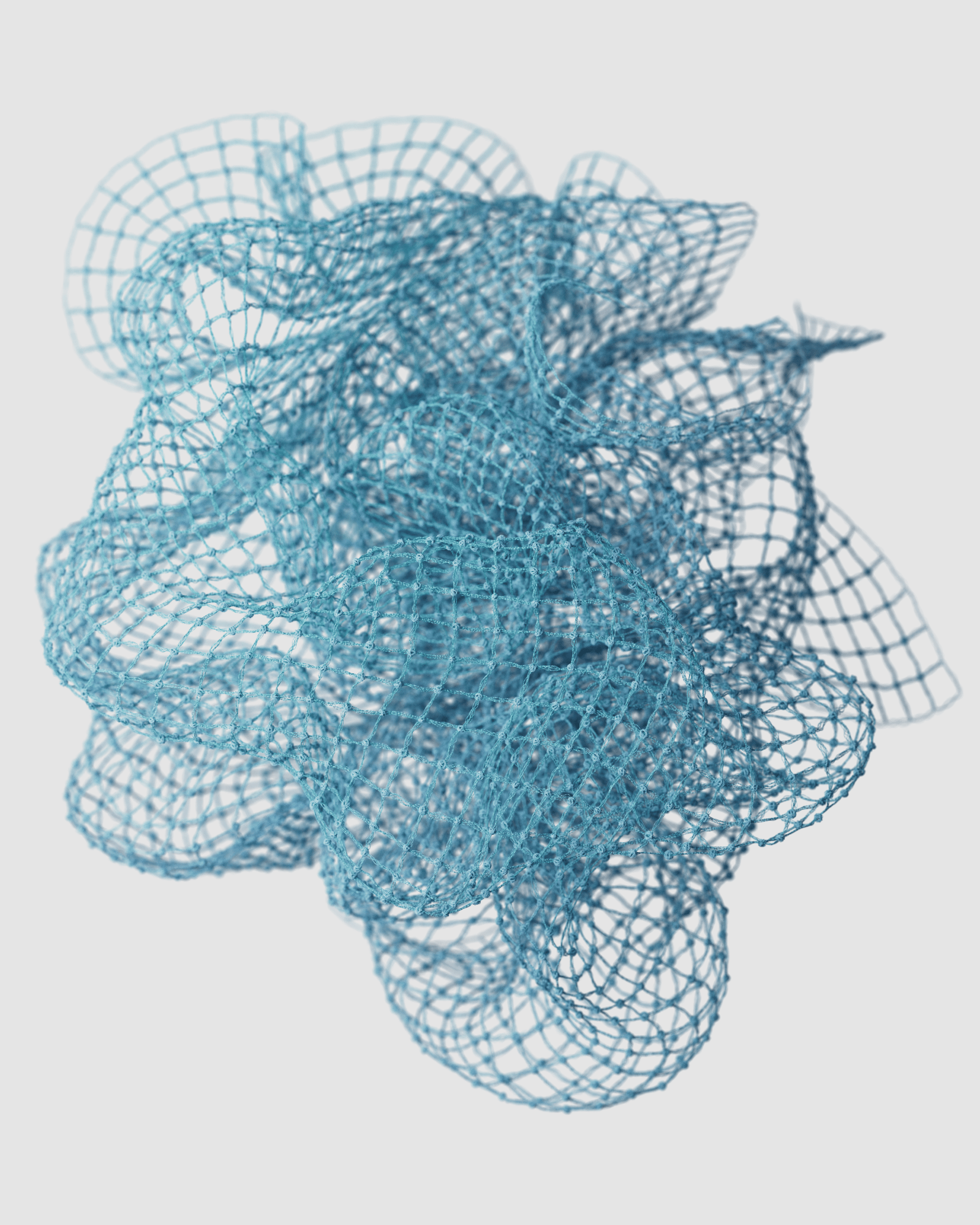
Endurunnin efni
Endurunnin textílefni
Teppi Polestar 3 eru gerð úr 100% ECONYL® pólýamíð, unnu úr fiskinetum sem hefur verið fargað og öðrum plastúrgangi. Toppklæðningar innanrýmis eru framleiddar úr 100% endurunnu PET.
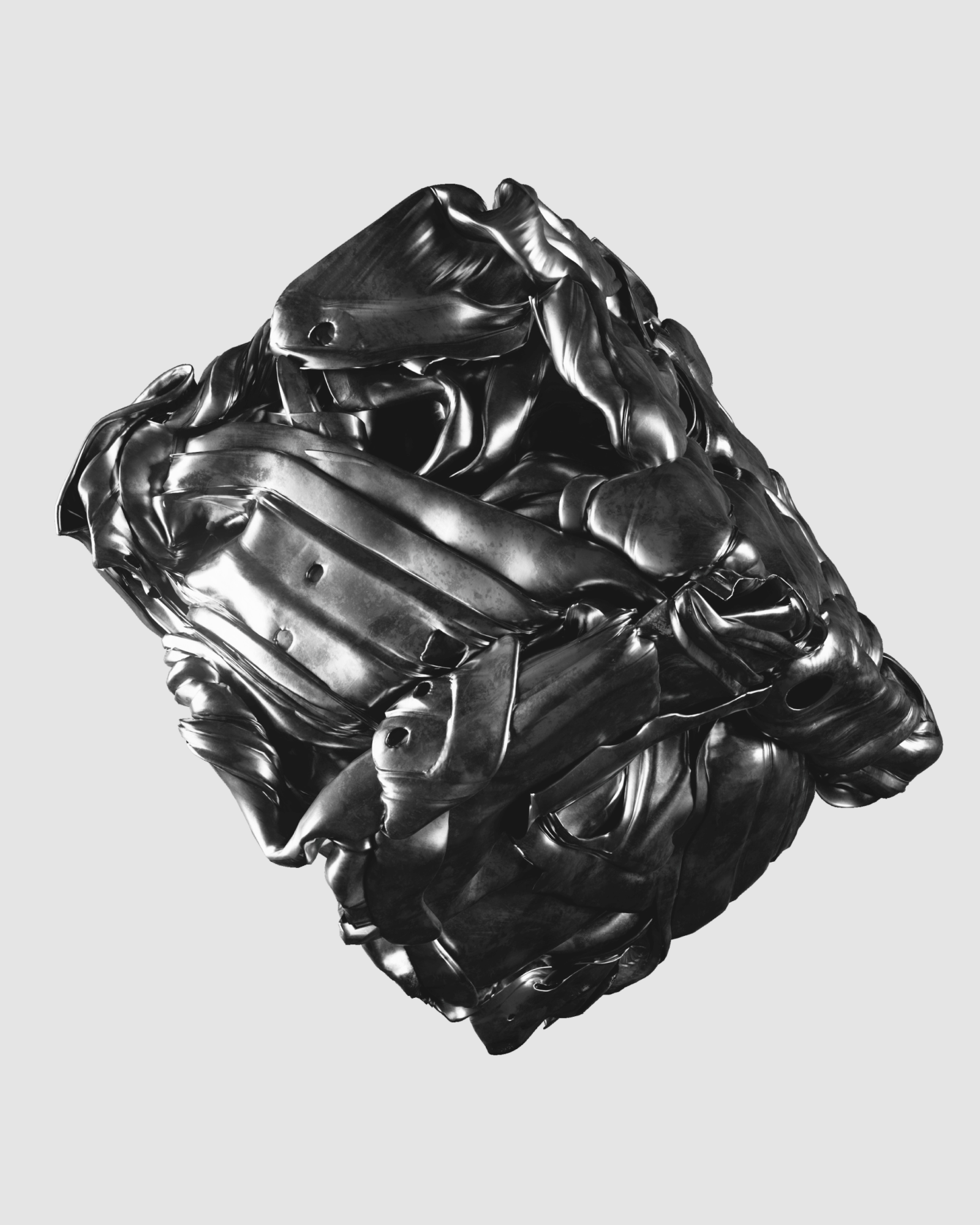
Endurunnin efni
Endurnýtt ál
80% af hráefni álskreytingarþilja Polestar 3 kemur úr eftiriðnaðarúrgangi, með því fær notað ál nýtt líf sem auðkennandi innréttingaríhlutir.
Rakin efni
Rakning efna er fyrsta skrefið að því að ná ábyrgari uppruna og framleiðsluferli. Polestar 3 stækkar listann yfir efni sem eru rakin og innifelur nikkel, litíum og ull. Við stefnum að því að bæta fleirum við með hverri nýrri gerð.
Polestar vinnur með samstarfsaðila sínum í bálkakeðju, Circulor, við að rekja áhættujarðefni eins og kóbalt, glimmer, nikkel og litíum, og með Bridge of Weir við að rekja leður.
Meira um gagnsæi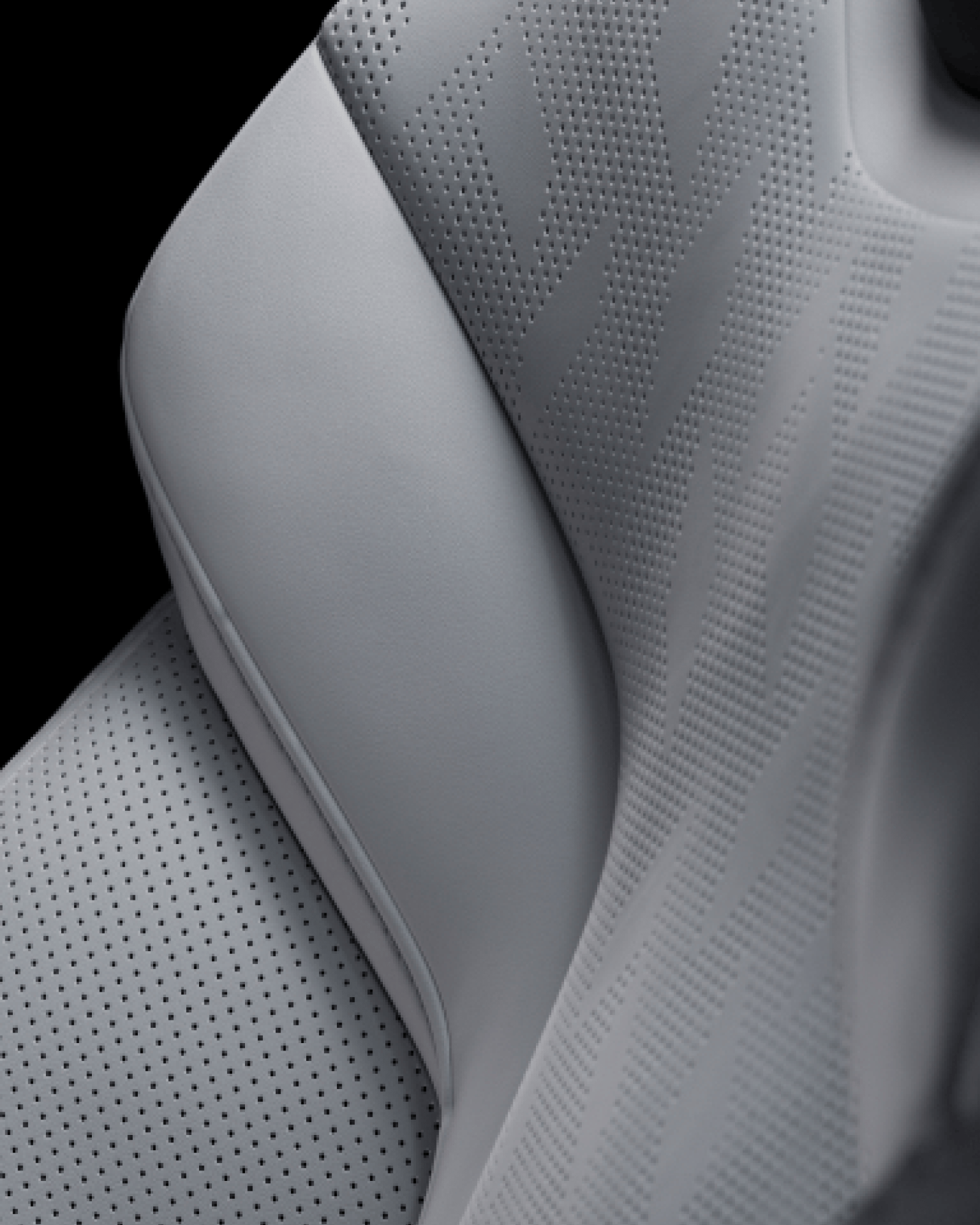
Ábyrgur uppruni og rakin efni
Nappa-leður
Leðrið notað í Polestar 3 uppfyllir ströngustu staðla um dýravelferð, sem ákveðnir eru af Matvæla og landbúnaðarstofnun Sameinuðu þjóðanna, Alþjóðadýraheilbrigðisstofnuninni (OIE) í dýraheilbrigðisreglum þeirra og Nefnd um velferð húsdýra (FAWC). Leðrið er rekjanlegt í gegnum ferli sem stjórnar og hefur eftirlit með býlum og sútunarstöðvum þaðan sem leðrið er upprunnið. Bólstrunin úr Nappa-leðri er einnig krómlaus.
Notað í bólstrun Polestar 3.
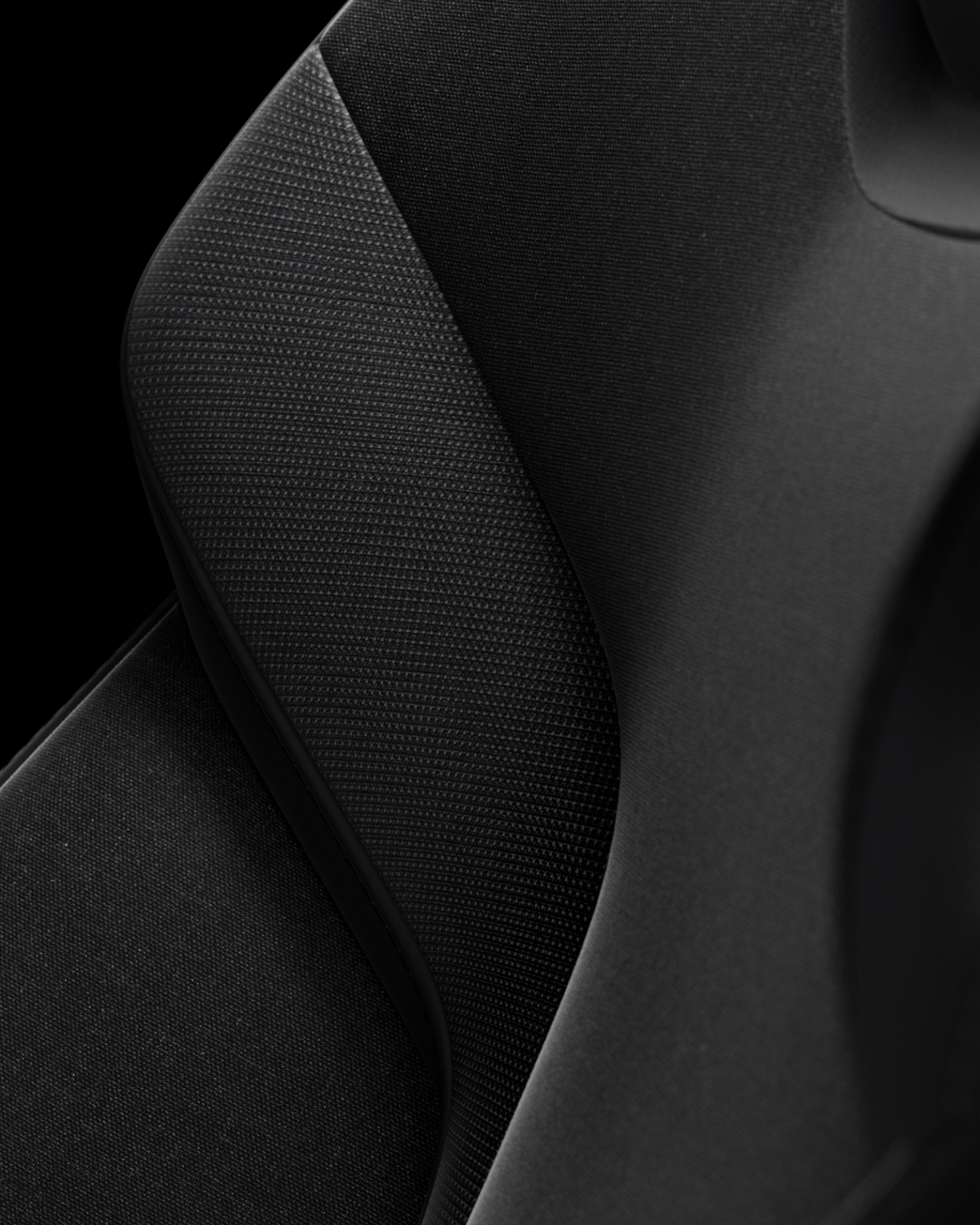
Ábyrgur uppruni og rakin efni
Animal welfare-vottuð ull
Ullin notuð í innanrými Polestar 3 kemur frá framsæknum býlum í landstjórnun og dýravelferð. Rekjanleiki ullarinnar er vottaður frá uppruna til framleiðslustigs girnisins.
Notað í bólstrun Polestar 3.
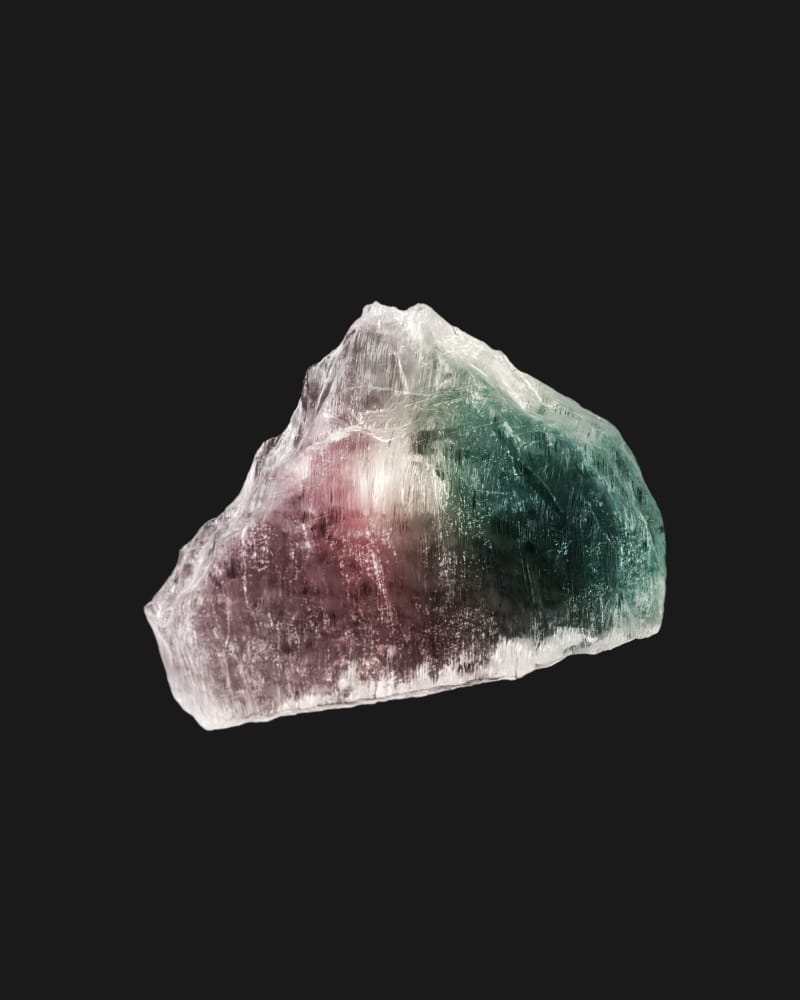
Áhættuefni rakin með bálkakeðju
Litíum
Litíum er alkalímálmur notaður í litíumrafhlöður Polestar 3 vegna mikils orkuþéttleika þess. Áhættuþættir við námuvinnslu á litíumi eru m.a. spilling, veikt réttarfar og átök við frumbyggja.
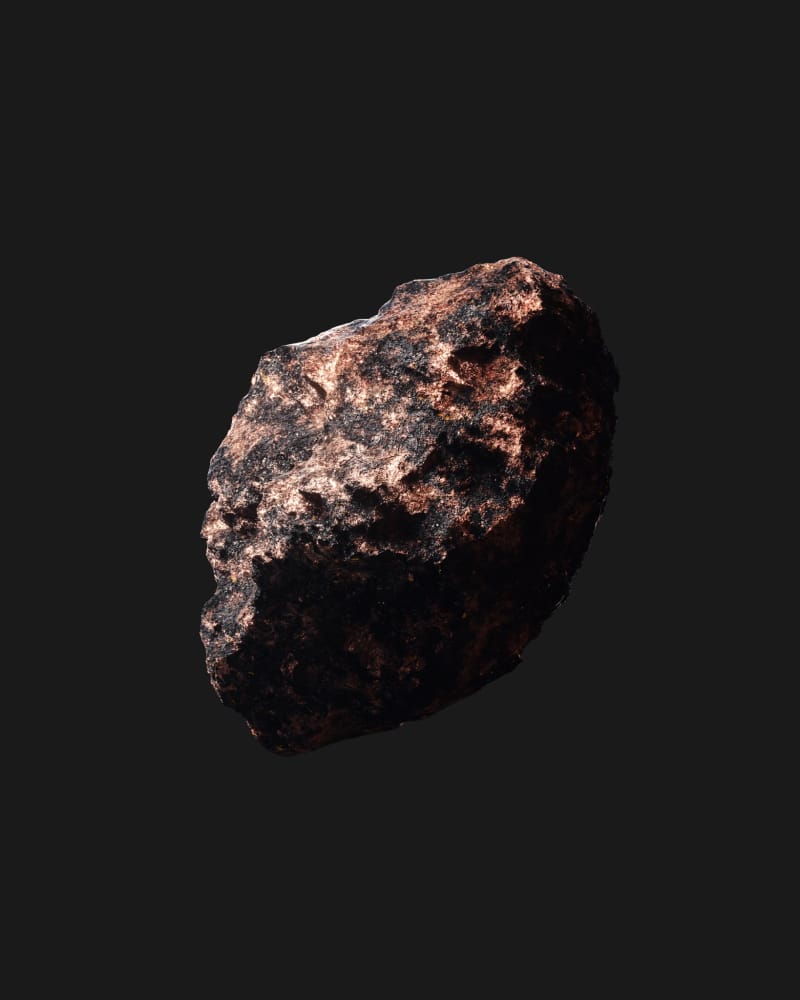
Áhættuefni rakin með skjalakeðju
Nikkel
Nikkel er gljáandi málmur notaður í litíum rafhlöðupakka Polestar 3 til að auka orkuþéttleika hans. Helstu áhættuþættir í tengslum við námuvinnslu á nikkeli eru m.a. mengun af völdum hættulegra málma, átök við frumbyggja og skörun við vernduð svæði.
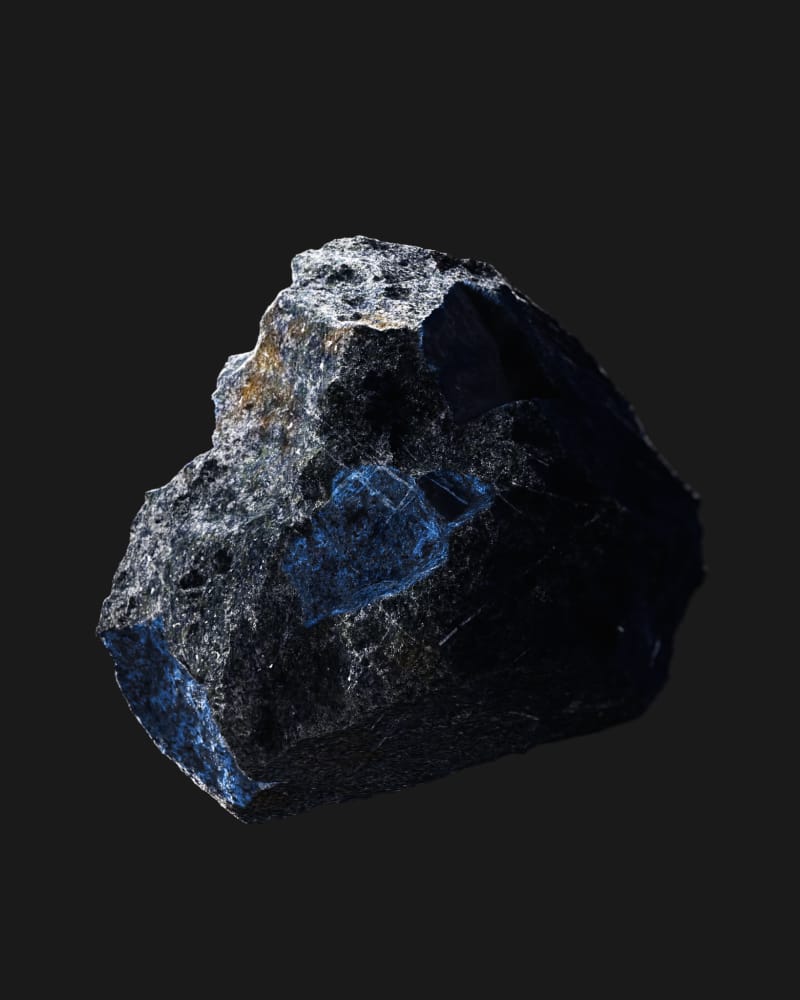
Áhættuefni rakin með skjalakeðju
Kóbalt
Kóbalt er harður málmur notaður til að lengja endingu rafhlaða í litíumrafhlöðupakka Polestar 3. Helstu áhættuþættir við námuvinnslu á kóbalti eru m.a. nauðungarvinna og barnaþrælkun, veikt réttarfar, hörð átök og mengun af völdum hættulegra efna.
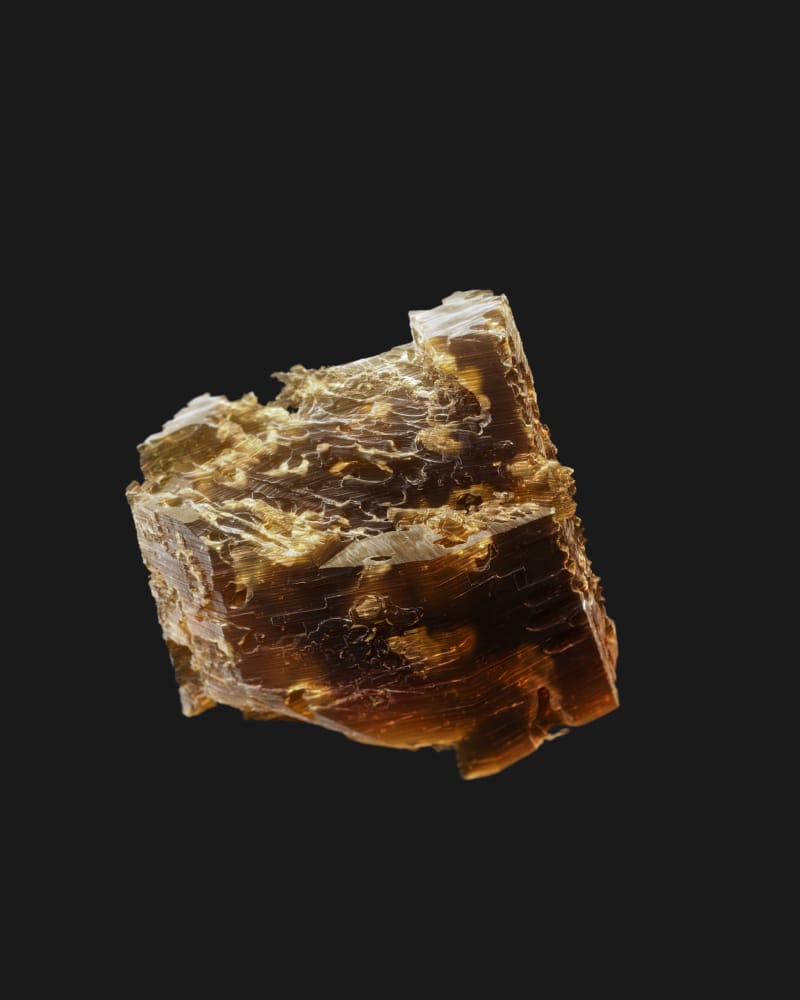
Áhættuefni rakin með skjalakeðju
Glimmer
Glimmer er hópur kísilsteinefna sem notaður er í litíumrafhlöðupakka Polestar 3 sem varmaþröskuldur til að hindra eldsvoða, og til að bæta öryggi og traustleika. Helstu áhættuþættir við námuvinnslu á glimmeri eru m.a. barnaþrælkun og nauðungarvinna, veikt réttarfar, spilling, óvélvædd og takmörkuð námuvinnsla.
3TG
Tin, tantal, volfram og gull, einnig þekkt sem „jarðefni frá átakasvæðum“, eru nýtt á margskonar hátt í uppbyggingu og rafeindabúnaði Polestar 3. Á pólitískt óstöðugum svæðum getur námuiðnaðurinn verið notaður til að fjármagna vopnaða hópa, kynt undir nauðungarvinnu og öðrum mannréttindabrotum, og stuðlað að spillingu og peningaþvætti. 3TG eru rakin í gegnum tilkynningar um jarðefni frá átakasvæðum (Conflict Mineral Reporting), sem stuðlar að því að staðfest sé að málmbræðsluver fylgi áætlun fyrir ábyrga jarðefnavinnslu (Responsible Minerals Assurance Program, RMAP).
Kolefnisfótspor
Við erum að safna og greina gögn fyrir Polestar 3 frá vöggu til grafar til að geta reiknað heildarlosun bílsins á gróðurhúsalofttegundum nákvæmlega út. Þegar því er lokið verður birt hér skýrsla fyrir vistferilsgreiningu (Life Cycle Assessment), sem gerir neytendum kleift að bera saman bíla eftir því hvaða áhrif þeir hafa á loftslagið.
Meira um kolefnishlutleysi

Vistferill Polestar 3
Framleiðsla efna
Mörg mismunandi efni eru notuð til að búa til Polestar 3, til dæmis ál, stál, rafeindabúnaður og plast. Hver efnisflokkur leggur sitt til heildar kolefnisfótspors ökutækisins, sama gildir um blandaða notkun rafmagns við framleiðslu og hreinsun efna. Við stefnum að því að skilgreina þessa efnisflokka nánar fyrir hverja nýja gerð, til að auka nákvæmni í útreikningum á kolefnisfótspori.
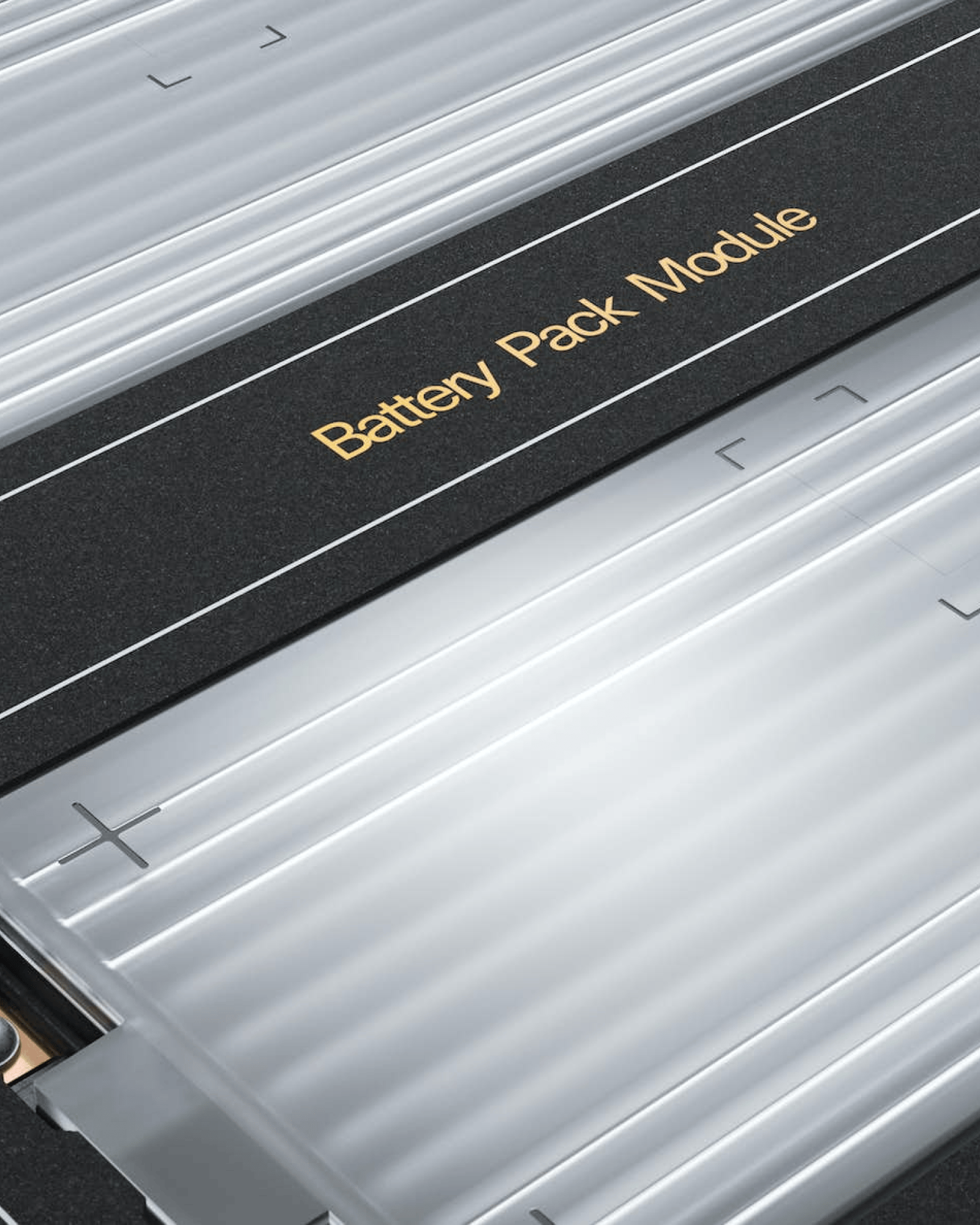
Vistferill Polestar 3
Litíum rafhlöðueiningar
Nokkrir þættir hafa áhrif á kolefnisfótspor rafhlöðunnar, frá orkunni sem notuð er við framleiðslu rafhlaða til álsins sem notað er í rafhlöðuhýsinguna. Við þrýstum á birgja okkar að draga úr kolefnisfótspori rafhlöðueininganna sem þeir útvega.

Vistferill Polestar 3
Framleiðsla
Framleiðsla Polestar 3 skiptist á milli Chengdu í Kína og Ridgeville í Bandaríkjunum fyrir Norður-Ameríkumarkað. Chengdu verksmiðjan er lykilhluti sjálfbærniáætlunar okkar og hefur verið knúin með 100% endurnýjanlegri raforku frá 2021.
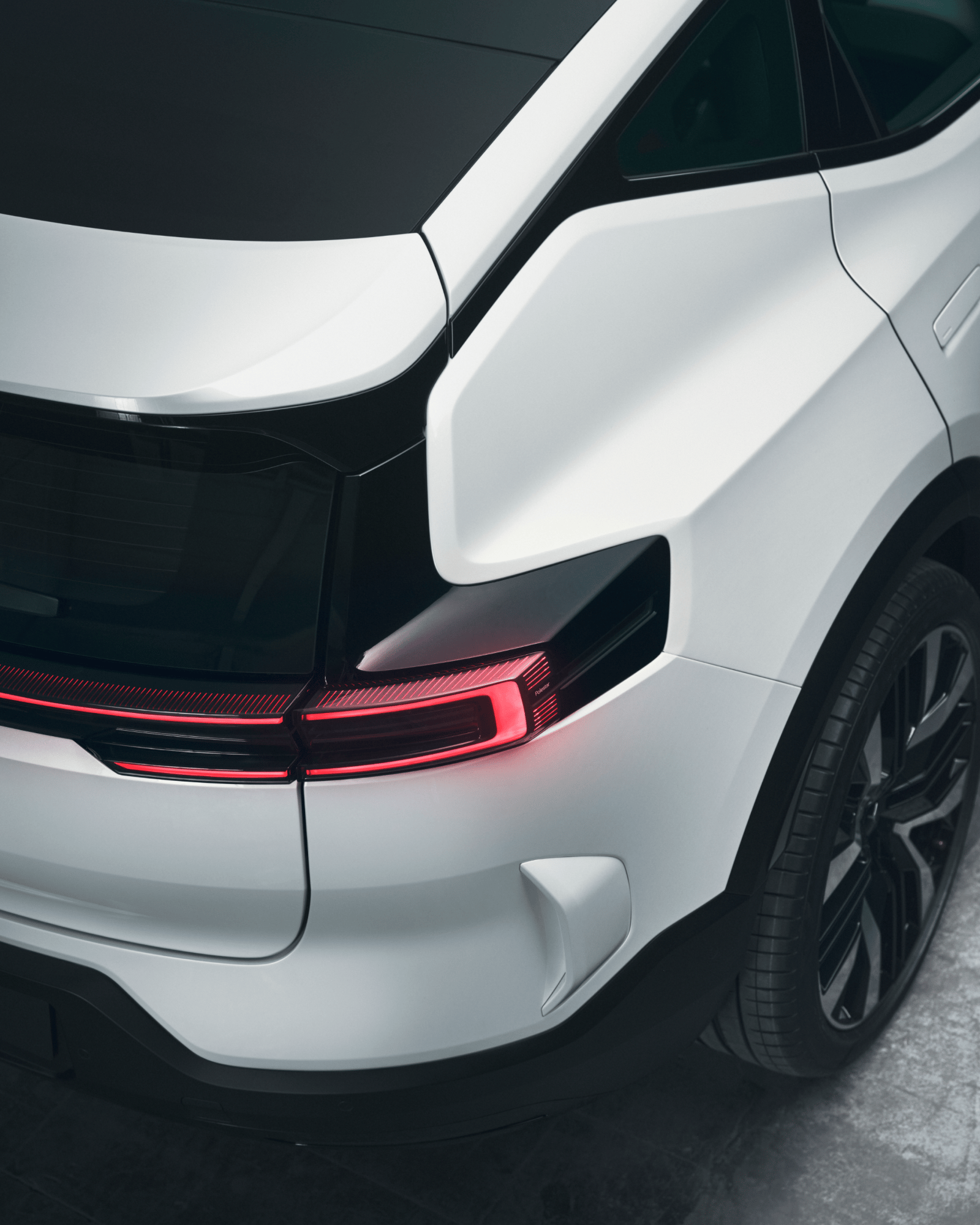
Vistferill Polestar 3
Notkunarstig
Eftir að Polestar 3 bílar hafa yfirgefið verksmiðjuna geta eigendur þeirra haft veruleg áhrif á heildar kolefnisfótspor þeirra með því að hlaða þá með endurnýjanlegri orku.
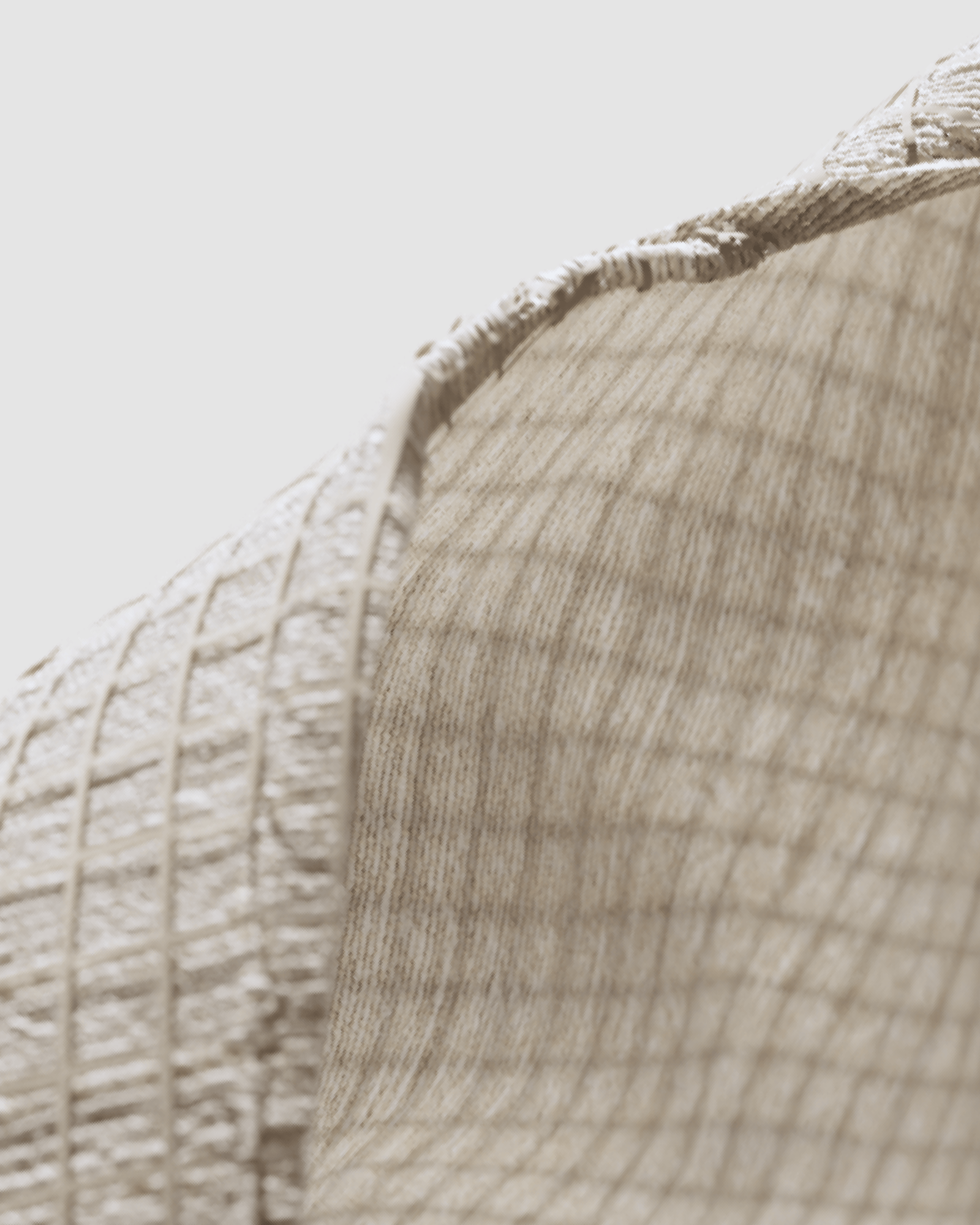
Vistferill Polestar 3
Endir líftíma
Yfir 85% af Polestar 3 bílnum eru endurvinnanleg, hins vegar er hægt að endurnýta eða endurframleiða þónokkuð af íhlutunum. Með því að lengja endingartíma íhluta á þennan hátt er hægt að draga úr úrgangi og forðast útblástur CO2 sem fylgir því að búa til nýja íhluti.
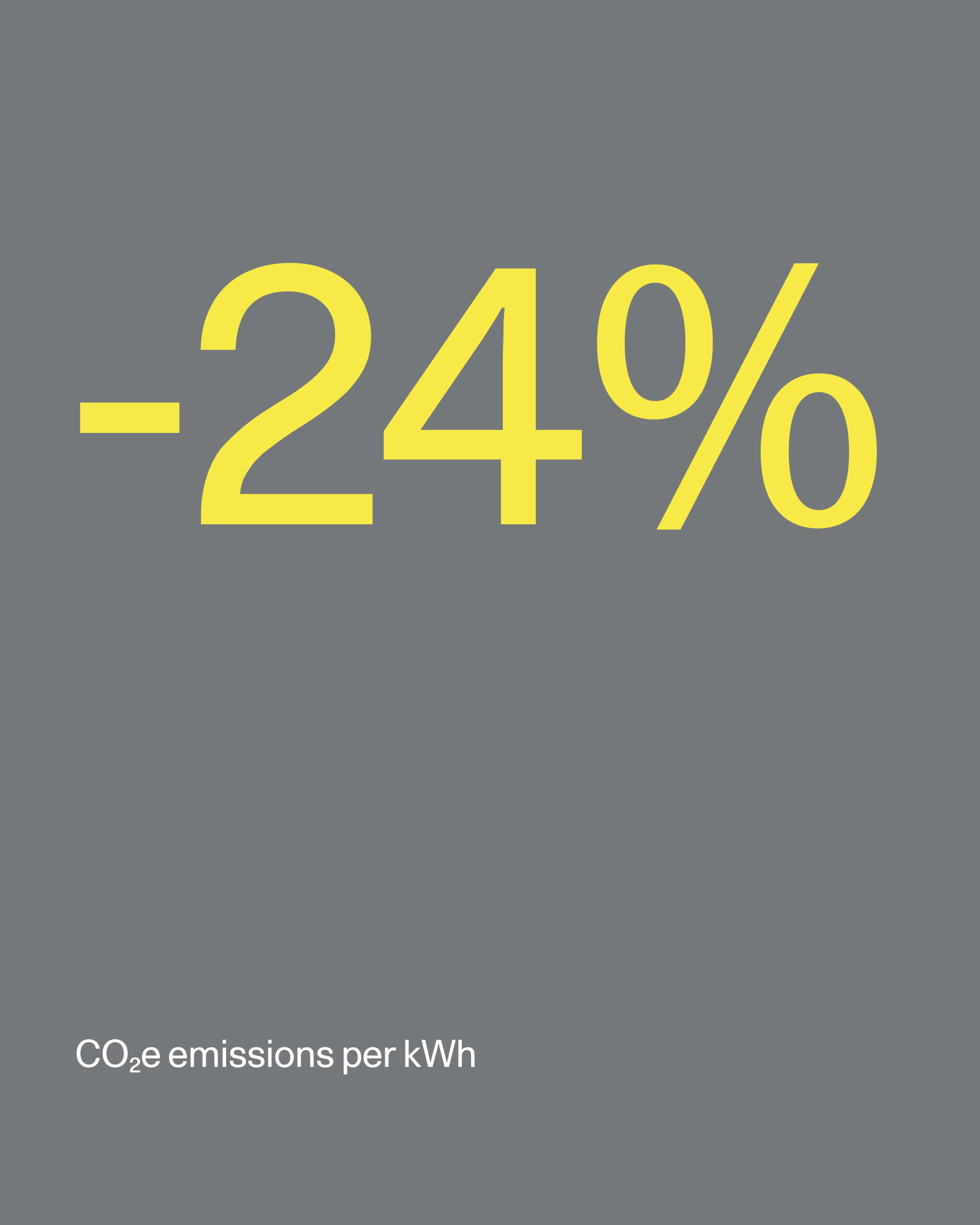
Kolefnisfótspor rafhlöðu
Rafhlaðan sem er notuð í Polestar 3 er framleidd með endurnýjanlegri raforku. Þetta, ásamt öðrum þáttum eins og uppfærðri efnasamsetningu, lækkar CO2e útblástur á kWh um 24% samanborið við Polestar 2. Útkoman er 111 kWh rafhlaða með fótspor upp á 7,6 t CO2e.
Polestar og sjálfbærni
Polestar er ákveðið í því að bæta þjóðfélagið sem við lifum í með því að nota hönnun og tækni til að flýta skiptunum yfir í sjálfbærar rafrænar samgöngur. Fáðu að vita meira um hvað við erum að gera og hvernig við erum að gera það.
Meira um sjálfbærni
Að eiga Polestar 3
Uppgötvaðu eiginleikanaAlgengum spurningum um akstur rafbíla svarað
Frekari upplýsingarKannaðu kosti fyrir flota og fyrirtæki
Frekari upplýsingarViðhald, þjónusta og ábyrgð
Frekari upplýsingar- Myndefni er einungis til skýringar.